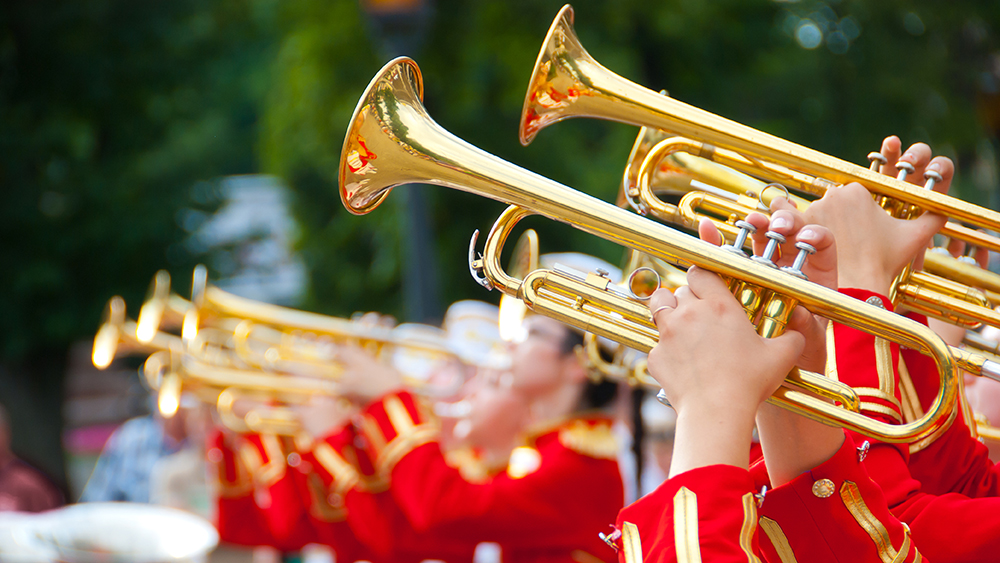
Based on the results of a study carried out by Dr Michael Bonshor and Dr Vicky Williamson for High Notes magazine, it’s clear that most brass players experience a whole host of significant well-being benefits based on aspects such as physical, social and emotional health. These benefits are a direct result of the musical experience associated with being a part of brass.
The benefits
A key benefit is the happiness it brings to the older segment of the market, with over 50% playing brass for more than 20 years.
‘’I retired last year and my involvement in brass bands is now my primary interest outside of my family.’’
Another interesting takeaway was the diversity associated with a brass band membership.
‘’I get the opportunity to meet people from all aspects of my life, different ages and class background that I may not meet any other way.’’
In general, it appears that brass is an incredibly welcoming community, regardless of age or gender. Although brass band is typically associated as a male-orientated activity, research suggests that women are paving the way, with more women joining than men in recent years.
Overall, it’s clear that brass offers a number of positive points, with little evidence to suggest that it isolates a particular demographic. With participants ranging from 18-80 years old, brass could be the perfect way to enter the world of music, no matter what stage of life you find yourself in.
For more information on how we encourage the ambitions of young musicians, click here.
Hear from Brass Band members…
Here are some quotes taken from brass players, as part of the High Notes article…
”Playing in a brass band is a great way to meet people and get out into the community and into places and situations that wouldn’t otherwise occur…it allows friendships within the band to flourish and people outside of the band to be entertained and to be culturally stimulated.”